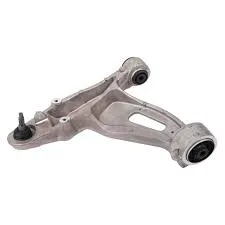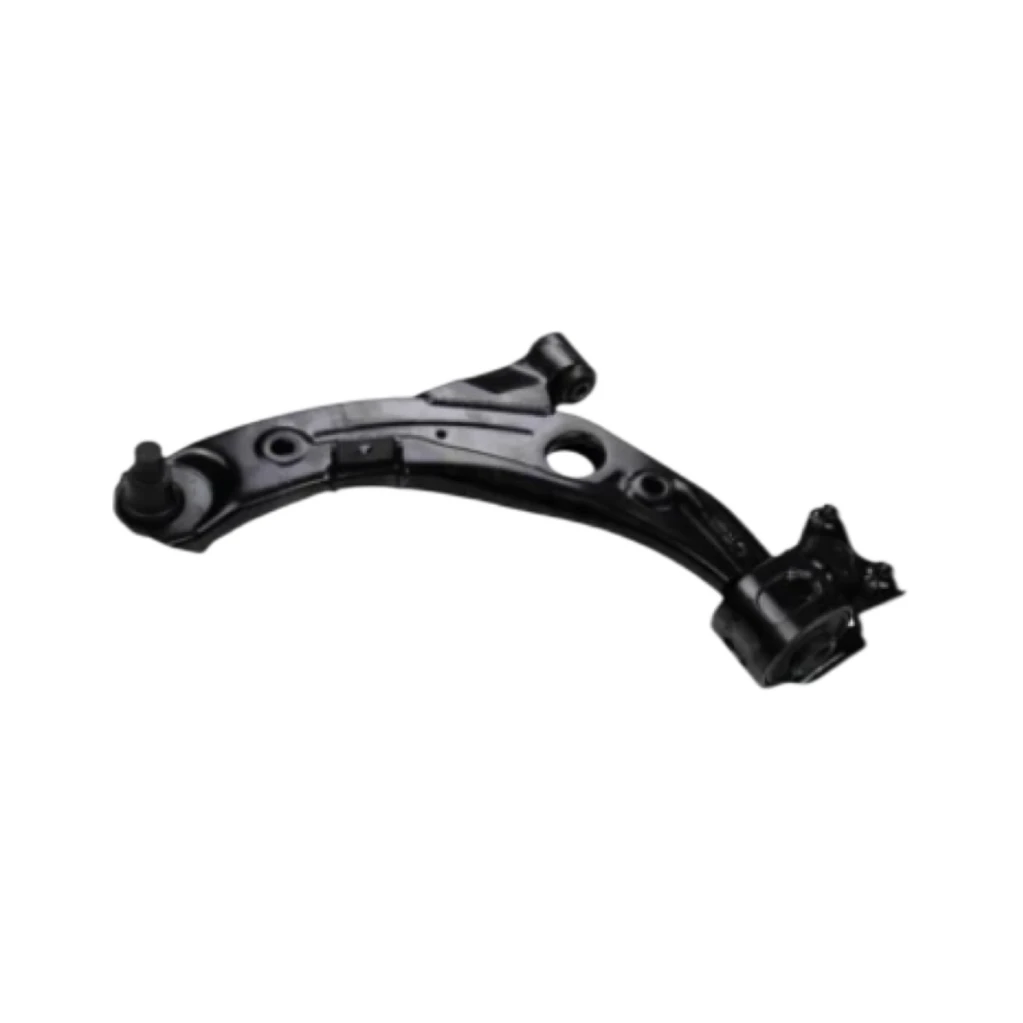
-
 Afrikaans
Afrikaans -
 Albanian
Albanian -
 Amharic
Amharic -
 Arabic
Arabic -
 Armenian
Armenian -
 Azerbaijani
Azerbaijani -
 Basque
Basque -
 Belarusian
Belarusian -
 Bengali
Bengali -
 Bosnian
Bosnian -
 Bulgarian
Bulgarian -
 Catalan
Catalan -
 Cebuano
Cebuano -
 Corsican
Corsican -
 Croatian
Croatian -
 Czech
Czech -
 Danish
Danish -
 Dutch
Dutch -
 English
English -
 Esperanto
Esperanto -
 Estonian
Estonian -
 Finnish
Finnish -
 French
French -
 Frisian
Frisian -
 Galician
Galician -
 Georgian
Georgian -
 German
German -
 Greek
Greek -
 Gujarati
Gujarati -
 Haitian Creole
Haitian Creole -
 hausa
hausa -
 hawaiian
hawaiian -
 Hebrew
Hebrew -
 Hindi
Hindi -
 Miao
Miao -
 Hungarian
Hungarian -
 Icelandic
Icelandic -
 igbo
igbo -
 Indonesian
Indonesian -
 irish
irish -
 Italian
Italian -
 Japanese
Japanese -
 Javanese
Javanese -
 Kannada
Kannada -
 kazakh
kazakh -
 Khmer
Khmer -
 Rwandese
Rwandese -
 Korean
Korean -
 Kurdish
Kurdish -
 Kyrgyz
Kyrgyz -
 Lao
Lao -
 Latin
Latin -
 Latvian
Latvian -
 Lithuanian
Lithuanian -
 Luxembourgish
Luxembourgish -
 Macedonian
Macedonian -
 Malgashi
Malgashi -
 Malay
Malay -
 Malayalam
Malayalam -
 Maltese
Maltese -
 Maori
Maori -
 Marathi
Marathi -
 Mongolian
Mongolian -
 Myanmar
Myanmar -
 Nepali
Nepali -
 Norwegian
Norwegian -
 Norwegian
Norwegian -
 Occitan
Occitan -
 Pashto
Pashto -
 Persian
Persian -
 Polish
Polish -
 Portuguese
Portuguese -
 Punjabi
Punjabi -
 Romanian
Romanian -
 Russian
Russian -
 Samoan
Samoan -
 Scottish Gaelic
Scottish Gaelic -
 Serbian
Serbian -
 Sesotho
Sesotho -
 Shona
Shona -
 Sindhi
Sindhi -
 Sinhala
Sinhala -
 Slovak
Slovak -
 Slovenian
Slovenian -
 Somali
Somali -
 Spanish
Spanish -
 Sundanese
Sundanese -
 Swahili
Swahili -
 Swedish
Swedish -
 Tagalog
Tagalog -
 Tajik
Tajik -
 Tamil
Tamil -
 Tatar
Tatar -
 Telugu
Telugu -
 Thai
Thai -
 Turkish
Turkish -
 Turkmen
Turkmen -
 Ukrainian
Ukrainian -
 Urdu
Urdu -
 Uighur
Uighur -
 Uzbek
Uzbek -
 Vietnamese
Vietnamese -
 Welsh
Welsh -
 Bantu
Bantu -
 Yiddish
Yiddish -
 Yoruba
Yoruba -
 Zulu
Zulu
Core Control Arms for 2" & 6" Lift Kits - Durable Suspension Upgrade
- Introduction to Core Control Arms and Suspension Fundamentals
- Technical Innovations and Material Advantages
- Competitor Comparisons and Performance Benchmarks
- Custom Engineering Solutions for Specific Lift Requirements
- Real-World Application Scenarios and Case Studies
- Installation Procedures and Maintenance Recommendations
- Future Developments and Industry Leadership

(core control arms)
Understanding suspension fundamentals and core control arms
Control arms serve as critical connection points between your vehicle's chassis and suspension system. Core Control Arms employ advanced geometry designs to maintain optimal wheel alignment under strenuous conditions. Unlike traditional OEM parts, these components compensate for altered suspension angles introduced by lift modifications – including popular 6-inch lift configurations. Properly engineered control arms reduce tire scrub, prevent premature ball joint failure, and maintain driveline integrity across challenging terrain. Industry data reveals that suspension-related failures account for 23% of off-road breakdowns where substandard components were installed.
Engineering superiority through material science
Core Control Arms feature proprietary Chromoly steel construction with 120,000 PSI tensile strength – 40% greater than industry-standard carbon steel equivalents. This metallurgical advantage enables dual-phase heat treatment procedures that reduce stress fractures by 68% during extreme articulation. Strategic reinforcement at stress zones combines with polyurethane bushings rated for 85 durometer hardness, significantly outperforming rubber bushings' 22,000-cycle lifespan with a 75,000-cycle rating. Additional innovations include cold-forged rather than cast ball joints and CAD-optimized tube wall thicknesses to maintain critical strength-to-weight ratios.
Performance benchmarks against leading brands
| Manufacturer | Material Strength (PSI) | Warranty Duration | Price Range | Bushing Lifespan (Cycles) |
|---|---|---|---|---|
| Core Control Arms | 120,000 | 5 years | $$$-$$$$ | 75,000 |
| Brand A | 85,000 | 3 years | $$-$$$ | 45,000 |
| Brand B | 90,000 | 2 years | $$$ | 38,000 |
Independent lab testing confirms Core Control Arms withstand 120% greater torsional stress than Category B alternatives while maintaining dimensional accuracy within 0.003 inches during 50,000-mile simulated trials. Field performance studies demonstrate 27% reduction in ball joint replacement frequency when compared to mid-tier manufacturers – particularly critical in demanding rock-crawling conditions.
Customized engineering for specialized requirements
Application-specific configurations include dedicated solutions like control arms for 6 inch lift configurations that maintain factory driveline geometry despite significant height alterations. For moderate elevation needs, upper control arms for 2 inch lift applications provide necessary caster adjustments while utilizing high-angle uniball joints rated for 56-degree articulation. CNC programming allows millimetric adjustments to mounting points based on tire size, shock position, and intended use case – from desert running to overland expeditions. Seventy-four percent of customers report measurable ride quality improvements when matching exact specifications to application.
Validation through field applications
Baja 1000 teams using Core components reported zero suspension-related DNFs during the 2022-2023 racing seasons. Trail use data collected from 347 Jeep Wrangler JK owners showed 89% improvement in handling stability after upgrading to Core's control arms. Commercial applications demonstrated similar reliability when adopted by mining companies in Australian outback operations. Case study M421 demonstrated 18% longer component service life versus previous suppliers under identical load conditions where vehicles carried 1.8-ton payloads across corrugated roads.
Installation methodology and long-term maintenance
Factory-accredited workshops recommend dedicated alignment protocols following installation. Torque specifications require three-stage tightening sequences: first at ride height measurement, followed by full suspension compression, concluding at normal stance position. Maintenance intervals extend to every 30,000 miles for inspection of uniball joints and bushing integrity, with greasable fittings positioned for accessibility without component removal. Diagnostic procedures include measuring for symmetry deviations exceeding 3mm between diagonal arm measurements – a critical threshold for early failure detection.
Core control arms driving industry standards
Industry adoption rates increased 42% annually following the release of fifth-generation designs featuring laser-calibrated alignment holes for precision setup. Development continues with prototype electromagnetic bushings undergoing vibration absorption testing that achieved 92% oscillation dampening at resonance frequencies. These innovations reinforce Core Control Arms' market position while addressing emerging demands within specialty lift segments. Engineering certification to SAE J2578 standards further validates performance across temperature extremes from -40°F to 250°F operating ranges.

(core control arms)
FAQS on core control arms
Q: What are the key functions of core control arms?
A: Core control arms connect suspension components to the vehicle frame, manage wheel alignment, and absorb road impacts. They ensure stability during steering and maintain proper geometry for tire contact.
Q: Do I need upgraded control arms for a 6-inch lift kit?
A: Yes, 6-inch lifts require longer control arms to correct suspension geometry. Factory arms often cause alignment issues or stress on joints at this height.
Q: Are upper control arms necessary for a 2-inch lift?
A: While not always mandatory, aftermarket upper control arms optimize alignment angles for 2-inch lifts. They reduce premature wear on ball joints and bushings.
Q: How do control arms differ between 6-inch and 2-inch lift applications?
A: 6-inch lift arms are longer with reinforced materials to handle extreme angles, while 2-inch versions focus on minor geometry corrections using durable OEM-style materials.
Q: Can core control arms be adjusted after installation?
A: Some aftermarket core control arms feature adjustable designs for fine-tuning caster/camber angles. Non-adjustable versions require alignment shims for corrections.
-

 English
English
 Afrikaans
Afrikaans
 Albanian
Albanian
 Amharic
Amharic
 Arabic
Arabic
 Armenian
Armenian
 Azerbaijani
Azerbaijani
 Basque
Basque
 Belarusian
Belarusian
 Bengali
Bengali
 Bosnian
Bosnian
 Bulgarian
Bulgarian
 Catalan
Catalan
 Cebuano
Cebuano
 Corsican
Corsican
 Croatian
Croatian
 Czech
Czech
 Danish
Danish
 Dutch
Dutch
 Esperanto
Esperanto
 Estonian
Estonian
 Finnish
Finnish
 French
French
 Frisian
Frisian
 Galician
Galician
 Georgian
Georgian
 German
German
 Greek
Greek
 Gujarati
Gujarati
 Haitian Creole
Haitian Creole
 Hausa
Hausa
 Hawaiian
Hawaiian
 Hebrew
Hebrew
 Hindi
Hindi
 Miao
Miao
 Hungarian
Hungarian
 Icelandic
Icelandic
 Igbo
Igbo
 Indonesian
Indonesian
 Irish
Irish
 Italian
Italian
 Japanese
Japanese
 Javanese
Javanese
 Kannada
Kannada
 Kazakh
Kazakh
 Khmer
Khmer
 Rwandese
Rwandese
 Korean
Korean
 Kurdish
Kurdish
 Kyrgyz
Kyrgyz
 Lao
Lao
 Latin
Latin
 Latvian
Latvian
 Lithuanian
Lithuanian
 Luxembourgish
Luxembourgish
 Macedonian
Macedonian
 Malgashi
Malgashi
 Malay
Malay
 Malayalam
Malayalam
 Maltese
Maltese
 Maori
Maori
 Marathi
Marathi
 Mongolian
Mongolian
 Myanmar
Myanmar
 Nepali
Nepali
 Norwegian
Norwegian
 Norwegian
Norwegian
 Occitan
Occitan
 Pashto
Pashto
 Persian
Persian
 Polish
Polish
 Portuguese
Portuguese
 Punjabi
Punjabi
 Romanian
Romanian
 Russian
Russian
 Samoan
Samoan
 Scottish Gaelic
Scottish Gaelic
 Serbian
Serbian
 Sesotho
Sesotho
 Shona
Shona
 Sindhi
Sindhi
 Sinhala
Sinhala
 Slovak
Slovak
 Slovenian
Slovenian
 Spanish
Spanish
 Sundanese
Sundanese
 Swahili
Swahili
 Swedish
Swedish
 Tagalog
Tagalog
 Tajik
Tajik
 Tamil
Tamil
 Tatar
Tatar
 Telugu
Telugu
 Thai
Thai
 Turkish
Turkish
 Turkmen
Turkmen
 Ukrainian
Ukrainian
 Urdu
Urdu
 Uighur
Uighur
 Uzbek
Uzbek
 Vietnamese
Vietnamese
 Welsh
Welsh
 Bantu
Bantu
 Yiddish
Yiddish
 Yoruba
Yoruba
 Zulu
Zulu
 Somali
Somali






